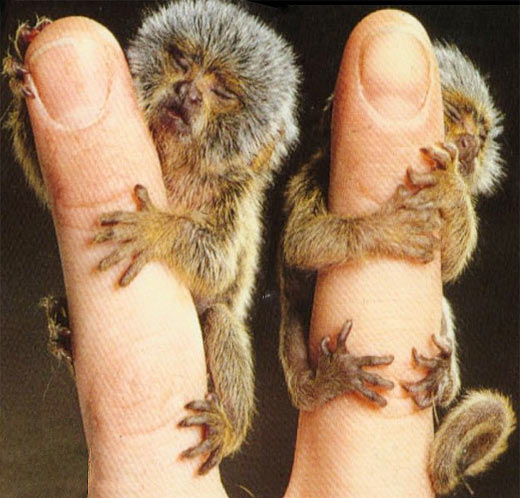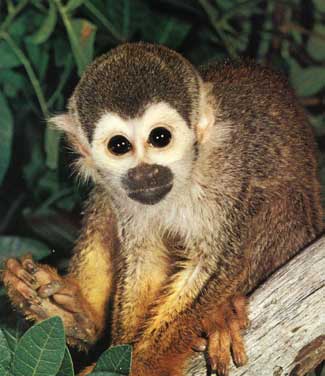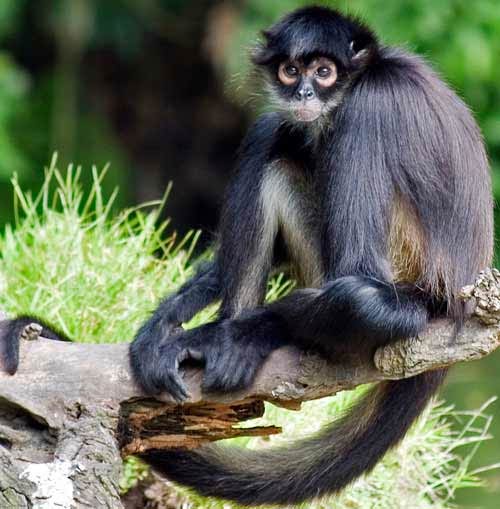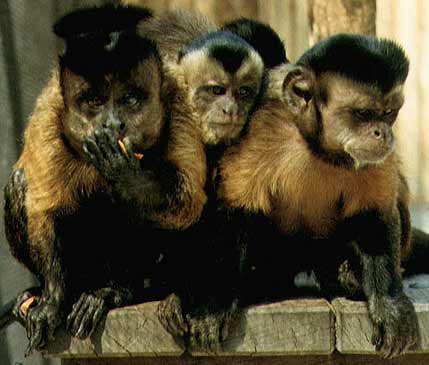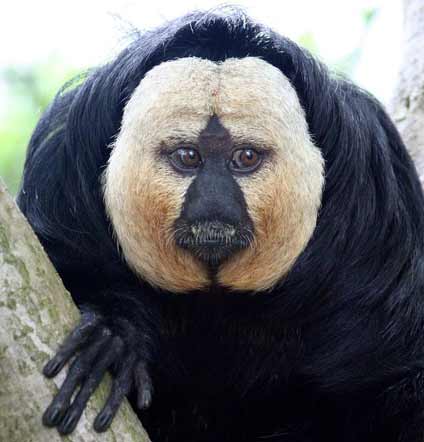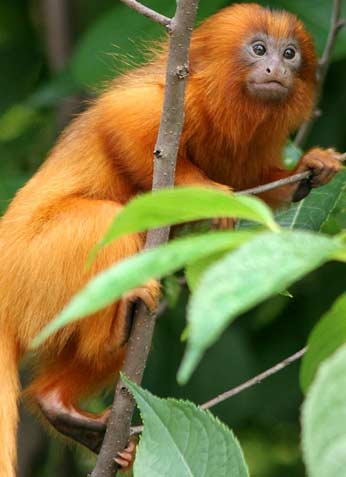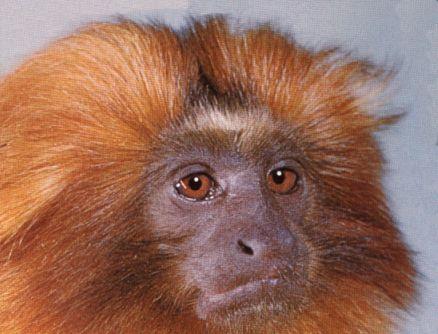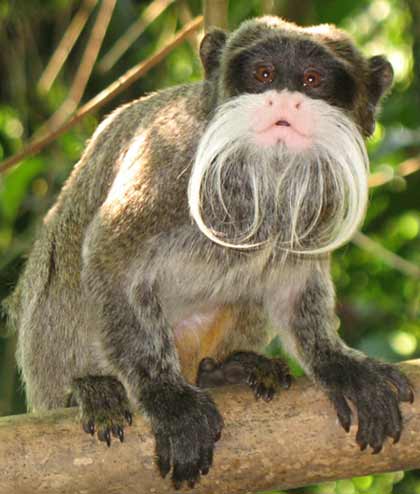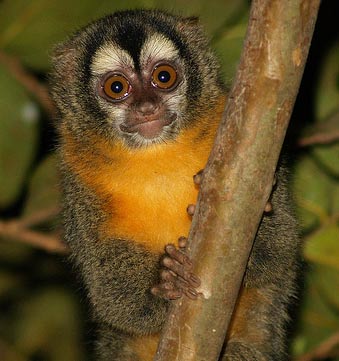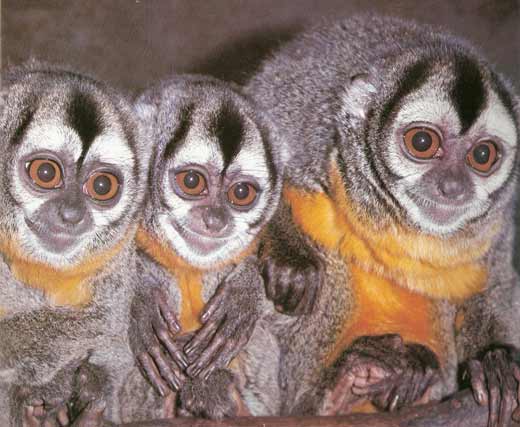Yellow Sac Spider
The beautiful Yellow sac spider is one of the least venomous in our list – but is still a seriously poisonous proposition. Yellow sac spiders are likely to make the drag line webs of the type you might get rid of with a broom or vacuum cleaner, but thankfully they rarely get near humans to bite. One of the dangers of their bite is a close connection with MRSA infections, which can be very serious; however the level of toxicity itself is disputed, even though the bite can leave necrotic – or dead tissue – lesions.
Fringed Ornamental Tarantula
The Fringed ornamental tarantula is quite a venomous spider, with cases of coma reported in the tropics as a result of its bite. Not a lot is known about this spider's venomosity. It is known, however, that almost all tarantulas have large fangs, and even though most are harmless, in this case the bite can cause serious harm, not to mention intense pain!
Chinese Bird Spider
The Chinese bird spider is a large tarantula with a legspan as large as eight inches. Much research has been done on this large spider's venom as it is an aggressive creature and can bring down small mammals with tiny doses. Found in Southeast Asia, at least one infant death has been recorded. It only takes 0.70mg/kg to cause death in 50 percent of test cases using lab mice. Not a tarantula to mess with.
Mouse Spider
The Mouse spider is found in Australia. The female is all black, while the Red-headed mouse spider male has red jaws (the other species has a red head as well but bright red). Despite their demure-sounding name, these spiders are considered to be as dangerous as the Funnel-web spider (see below); however, there are fewer cases of bites, perhaps because the Mouse spider has been known to often give "dry" bites – that is without releasing its venom. The venom itself is similar to the Funnel-web's, and the same antivenom works to treat the Mouse spider's bite. It has the potential to kill a human being, although so far it seems that a combination of fast emergency treatment and the spider's habit of keeping hold of its venom has resulted in no loss of life. Thank heavens!
Brown and Chilean Recluse Spider
The Brown recluse spider and a sister species, the Chilean recluse, are extremely venomous. However, on the plus side, they have small fangs and can't penetrate clothing easily. They are also, well, recluses, which means there are not as many bites as there might be due to their habit of hiding. Some of the most dangerous symptoms of their bites are necrosis – the dying of tissue at the site of the bite – and the potential for the wound to grow to 10 inches and become gangrenous. About 14 percent of the symptoms are systemic, meaning an infection is caused throughout the body. The Chilean recluse spider is even more toxic, with some systemic infections resulting in kidney failure. One study in Chile showed that 3-4 percent of all bites ended in death. The lethal dose of the Chilean recluse's venom in tests on lab mice in 50% of the victims – its LD-50 – is 1.45mg/kg, so this is definitely a spider to steer clear of.
Redback Spider
Redback spiders are part of the same family as Black widows (see below) and are also very toxic. They are found in Australia and have a prominent red stripe down their back as well as a striped or hourglass figure on their abdomen. Before an antivenom was developed, 14 people had died as a result of Redback bites. Most people suffer less severe symptom, from localized skin infection to others such as swollen lymph nodes, headache, fever, nausea and tremors. More significant, though thankfully rarer, symptoms include seizures, coma and respiratory failure. It's easy to see why these critters have a bad reputation Down Under.
Black Widow Spider
Who among us hasn't heard of the Black widow, a spider that is not only extremely venomous but eats its mate for an after-sex snack! Its bite causes a condition called Latrodectism, which causes severe muscle spasms and sometimes temporary spinal or cerebral paralysis, but rarely death. All species of Black widow spiders display the bright red hourglass on their abdomen, while some also have other red markings on their body – a warning to those that spot them! Before antivenom was available, 5 percent of those bitten would die. Its LD-50 is 0.002 mg/kg. This means it doesn't take much venom to do the job!
Sydney Funnel-Web
Sydney funnel-web spiders are among the most venomous on earth. They have large fangs and unlike some of the other very venomous spiders invariably deliver a full dose of venom instead of dry bites. They are also are more likely to bite than run away and will strike multiple times. Nasty! A compound in the Sydney funnel-web's venom called atracotoxin is very dangerous to all primates – including us! One child died within 15 minutes, but that was before the discovery of an antivenom. The funnel-web's LD-50 is just 0.16mg/kg.
Six-Eyed Sand Spider
The Six-eyed sand spider is another of the most venomous spiders in the world, but luckily it lives in areas where it has little contact with humans and is not aggressive. A cousin of the recluses, it is found in Africa and South Asia, but its venom is many times the strength of the Brown recluse, according to one study. There is no antivenom for it, and apart from localized necrosis, it can also cause disseminated intravascular coagulation (DIC), which results in clots throughout the skin as well as bleeding from the skin and orifices, and can lead to death. That should be warning enough.
Brazilian Wandering Spider
In 2010, the Brazilian wandering spider was named in the Guinness World Records as the most venomous spider in the world. It is also aggressive, obviously making the chance of a bite from it more likely. It has a highly potent neurotoxin that can lead to breathing problems then asphyxiation and death in those bitten. Another effect of its venom is priapism, meaning erections that last a long time – hours to days – and can result in permanent impotence. However, the venom is being studied as a possible fix for erectile dysfunction. The spider only needs to inject 6 ug of its venom to kill a 20-gram mouse, and a full venom load is 1.069 mg. Death in humans has been known to occur even after antivenom has been administered.











